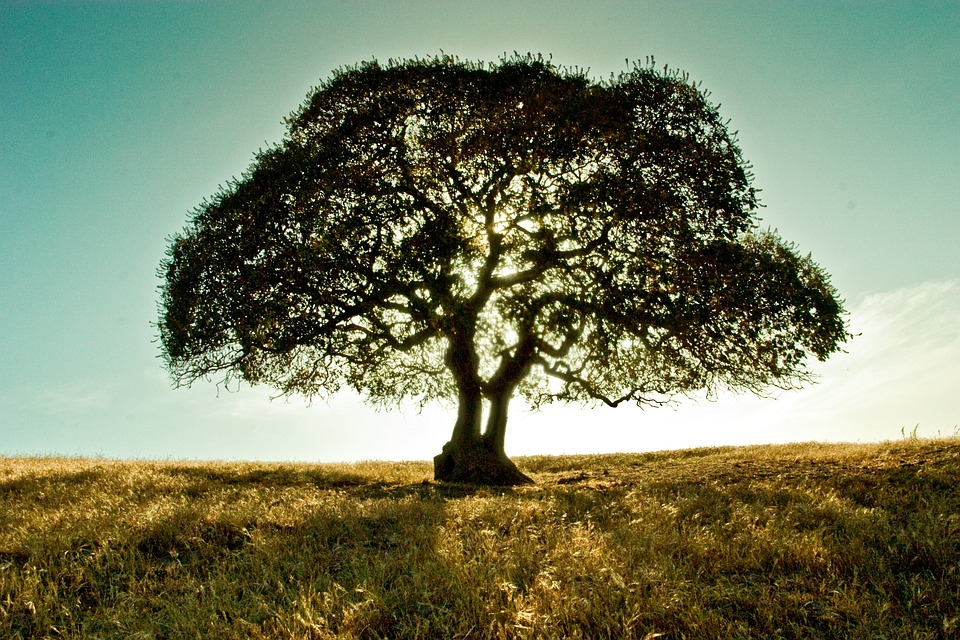
China contributes most to global greenery expansion
China is the source of a quarter of the global increase in green leaf area between 2000 and 2017, ranking the first in the world regarding the contribution rate, said a recent study by the US National Aeronautics and Space Administration (NASA).
In recent 20 years, China’s forest area and stock volume kept growing, making China a country of the world’s largest increase in forest resources, according to the country’s National Forestry and Grassland Administration. China forest area stands at 208 million hectares and the forest stock volume 15.137 billion cubic meters. 21.63 percent of the country’s territory is covered by forests, according to the eighth national investigation on forest inventory.
China saw a rapid rise in forests and grasslands in the recent two decades. It thoroughly implemented key projects, conducted a voluntary tree-planting campaign among the citizens, promoted forestation in both government departments and the society, and enhanced efforts in grassland ecological protection. As a result, the coverage of China’s man-made forest has reached 786,667 square kilometers, topping other countries around the world. In addition, China has nearly 4 million square kilometers of natural grasslands, with a grassland comprehensive vegetation coverage reaching 55.3 percent. Key forestation projects played a significant role in making China greener. China has created 298,000 square kilometers of forest since the Grain for Green Program was launched in 1999, raising the forest coverage rate in project areas by 3.6 percentage points. In addition, 1.296 million square kilometers of natural forests were well preserved in the past 20 years thanks to the Natural Forest Protection Project.
China has launched a series of major projects to restore ecology, including the treatment project of desertification in the source area of the sand and dust endangering Beijing and Tianjin, and wetland restoration programs. By doing so, forest coverage in those areas steadily increased and desertification was effectively curbed, and ecological situation substantially improved. The coverage of China’s desertification and sandy land showed a descending trend over three consecutive monitoring periods. In late 1990s, China’s total sandy land was expanding by 3,436 square kilometers on a yearly basis, but now it is shrinking by an average of 1,980 square kilometers per year. It is a historical change from “sand advancing and people retreating” to “green advancing and sand retreating.” To date, China has built more than 11,000 natural protection areas including nature reserves, forest parks, wetland parks, scenic spots, geological parks and special marine protection areas or marine parks, protecting 90 percent of terrestrial ecosystem types, 85 percent of wildlife species, 65 percent of higher plant communities and 50.3 percent of natural wetlands.
By Gu Zhongyang
(People’s Daily)



